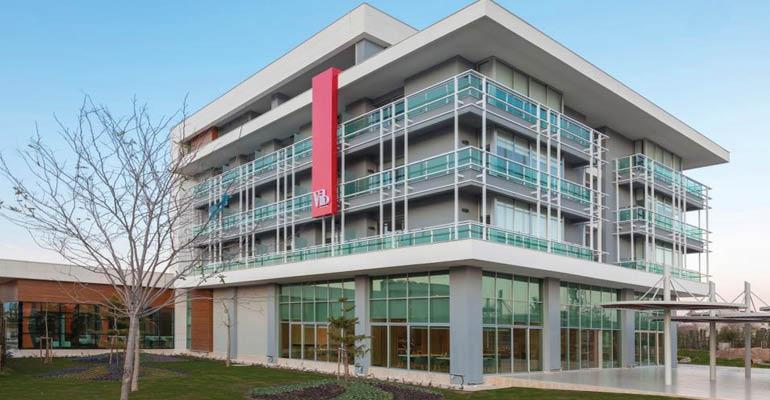Sponsored by Best Western
By Michael Morton
Developers today are faced with many challenges. Slowing demand growth and diminished occupancy levels ultimately impede the ability to raise average daily rates (ADR), which may level revenue per available room (RevPAR). As a result, banks will enforce tougher underwriting for new-builds and hotel conversions, which make a project much harder to complete. It is vital that any person looking to invest and develop a new hotel understand everything that is involved in the process. Education begins with the smallest of market details, progresses to the competitive set and understanding all aspects of the project, timelines and potential issues. Projects are still moving forward, but lenders are nearing their capacity to provide hospitality loans. The developers that partner with brands that can lend support will find much more success than those that choose another path.
The hotel development landscape has changed dramatically in recent years and developers have more to consider today than ever before. Securing financing is becoming more difficult and developers are finding themselves in a place where the right brand partner is critical to be successful. Aligning with a trusted brand can provide the necessary push to get a developer over the lender hump, as the right brand partner—known for its business acumen and customer service, with a stellar reputation—will provide a distinct advantage when economic and market conditions present challenges. Best Western Hotels & Resorts has a 70-year history of success and support. Of course, this is important to owners and investors, but it’s equally important to the lenders who are financing a project. In many instances, an affiliation with Best Western is just what a developer needs to secure financing; it provides the assurance and commitment needed to move construction forward.
Developers today are faced with many challenges. Slowing demand growth and diminished occupancy levels ultimately impede the ability to raise ADR, which may level RevPAR. As a result, banks will enforce tougher underwriting for new-builds and hotel conversions, which make a project much harder to complete. It is vital that any person looking to invest and develop a new hotel understand everything that is involved in the process. Education begins with the smallest of market details, progresses to the competitive set and understanding all aspects of the project, timelines and potential issues. Projects are still moving forward, but lenders are nearing their capacity to provide hospitality loans. The developers that partner with brands that can lend support will find much more success than those that choose another path.
Brand affiliation is also important for developers looking to reflag or renovate, but obtaining financing for new-builds is the most rigorous process of them all. The reduced likelihood of success makes financiers focus on hotelier experience, market potential and revenue streams. Opening a respected brand in the right market will help shift the lender’s mindset in favor of the developer. At Best Western Hotels & Resorts, we also have an understanding that midscale properties are more attractive to lenders due to a smaller footprint, which results in lower construction costs. We launched our boutique-style Vīb and GLō brands in 2015 and we’ve secured an abundance of interest because these brands have a minimal footprint and are cost-effective to build, which results in better margins for developers.
Lenders are becoming more cautious, especially in today’s political and economic landscape. That said, many projects are aided by their affiliation with the right brand. There is distinct power in a brand partnership and this can become a key influencer on property development.
Michael Morton, vice president, owner relations, is responsible for Best Western’s efforts in hotel development and onboarding new member hotels.
Learn more at www.bestwesterndevelopers.com.

